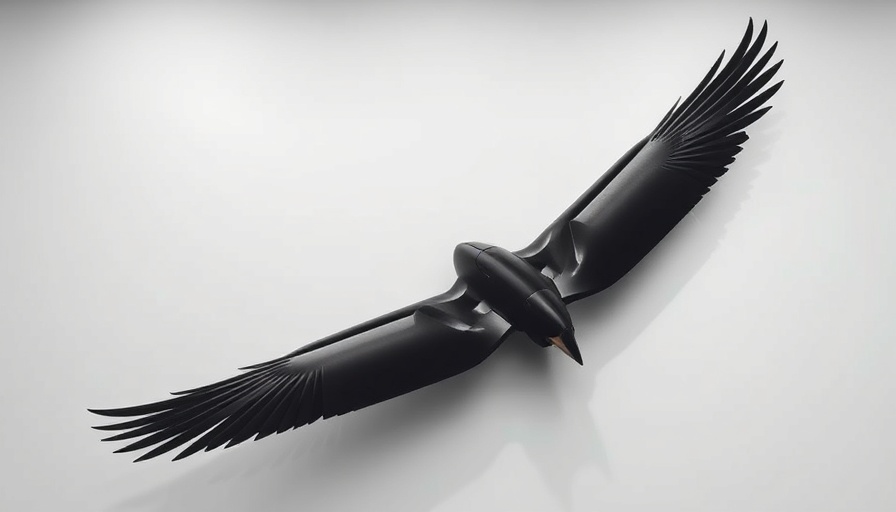
Bird-Inspired Drones: The Future of Aerial Navigation
As technology races ahead, the latest breakthrough from the University of Surrey intertwines nature with innovation, showcasing how bird-inspired designs can lead to more efficient drone technology. With urban settings and offshore infrastructure demanding better navigation solutions, researchers are honing in on the elaborate aerial skills of birds of prey to inform the next generation of drones.
Learning2Fly: A Game-Changing Initiative
The initiative, dubbed ‘Learning2Fly,’ aims to address the shortcomings of existing UAVs (unmanned aerial vehicles) in dense urban and turbulent environments. By drawing inspiration from bird behavior, engineers are working on fixed-wing drones that not only cover larger distances with energy efficiency but also boast the agility needed to soar between skyscrapers or inspect wind turbines at sea. Traditional drones, particularly rotary-wing models, are known for their maneuvers yet consume a lot of energy—this is where the new designs aim to excel.
Why Birds? The Natural Advantage
Birds of prey are nature’s air aces, with remarkable maneuverability and precision even in chaotic environments. By studying these birds, researchers can replicate their strategies into drone technology. Current designs utilize a combination of experimental flight data and machine learning algorithms, allowing drones to predict their motion in real-time, mitigating limitations faced by rotary systems. This reflects a growing trend in biomimicry where technology learns from nature’s time-tested solutions.
Beyond Simulations: Real-World Testing
Unlike many projects that rely heavily on computational models, the Surrey team is actively testing newly built drone prototypes in real-world scenarios. Through the use of motion capture labs and high-speed cameras, they collect data on drone behavior that feeds into machine learning models. This allows engineers to refine their designs based on actual flight dynamics, rather than theoretical aerodynamic simulations that often come up short in turbulent environments.
The Path Forward: Ready for Deployment?
As the project progresses, the promise of deploying these agile drones grows clearer. With plans for outdoor testing on the horizon, the hope is to overcome existing barriers presented by urban infrastructure and fluctuating wind conditions. Such advancements not only influence the future of package deliveries but also extend to critical sectors like infrastructure inspection and even disaster management.
Researchers aim for a seamless integration of drones into our daily lives by creating energy-efficient, adaptable machines inspired by the natural world. As this journey unfolds, it holds the potential for significant shifts spanning various industries.
Continued advancements in UAV technology, particularly those that learn from the natural world, could redefine how we approach aerial navigation and visibility in complex environments.
 Add Row
Add Row  Add
Add 




Write A Comment